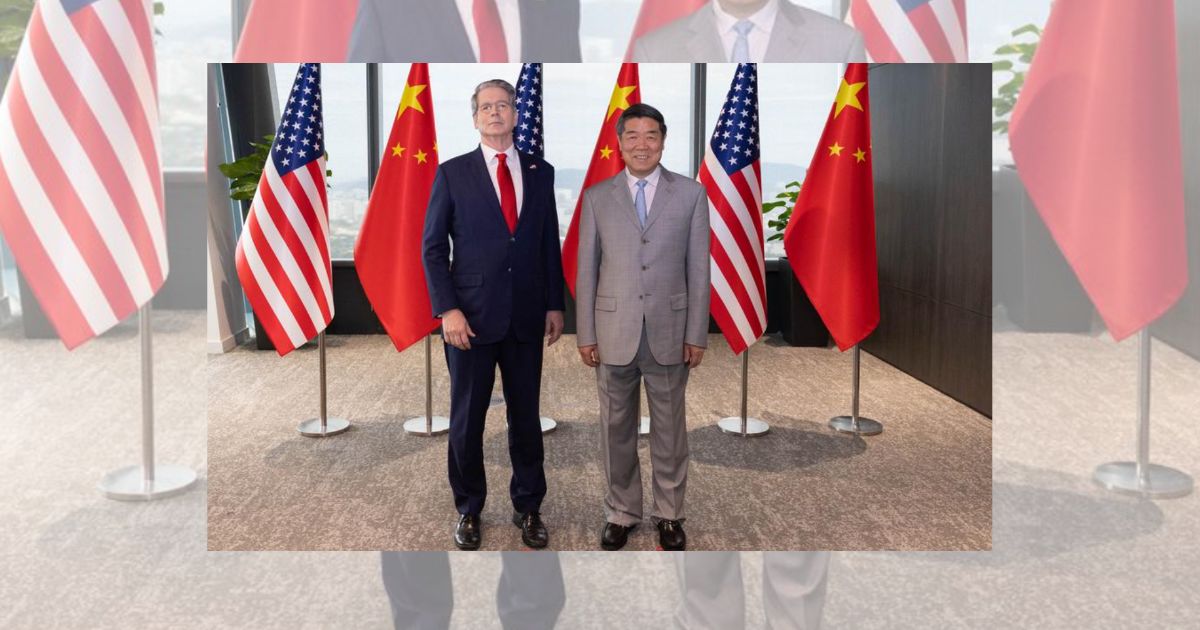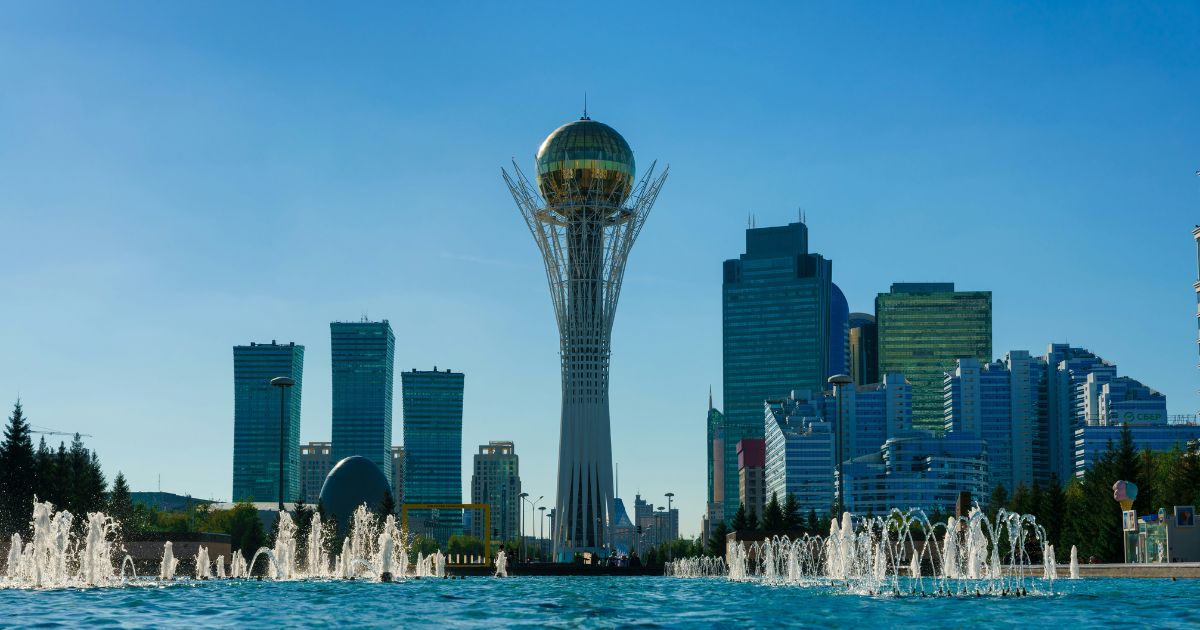Top economic officials from the U.S. and China wrapped up their first day of talks in Kuala Lumpur on 25th October, with a Treasury spokesperson characterizing them as “very constructive”.
The world’s two biggest economies seek to prevent further escalation of their trade war and guarantee a meeting next week between the U.S. President Donald Trump and Chinese President Xi Jinping.
Discussions on the sidelines of the Association of Southeast Asian Nations summit will outline a road ahead following Trump’s threat of new 100% tariffs on Chinese goods and other trade restrictions starting on November 1, in response to China’s vastly expanded export controls on rare earth magnets and minerals.
The recent moves, which also include an expanded U.S. export blacklist that covers thousands more Chinese firms, have disrupted a delicate trade truce crafted by the U.S. Treasury Secretary Scott Bessent, U.S. Trade Representative Jamieson Greer, and Chinese Vice Premier He Lifeng over four previous meetings since May.
He smiled and waved to reporters without commenting as the Chinese delegation left the venue for the talks, Kuala Lumpur’s Merdeka 118 tower, the world’s second-tallest building.
China’s top trade negotiator Li Chenggang is also participating in the talks. A Reuters witness saw Li arriving alongside He earlier in the day.
About the talks, a Treasury spokesperson said: “They have been very constructive, and we expect them to resume in the morning”.
The Malaysian government and the U.S. and Chinese sides have provided few details about the meeting or any plans to brief the media about outcomes.
TALKING POINTS
The three officials will try to pave the way for Trump and Xi to meet next Thursday at an Asia-Pacific Economic Cooperation summit in South Korea, a high-stakes conversation that could revolve around some interim relief on tariffs, technology controls, and Chinese purchases of U.S. soybeans.
Minutes before the talks got underway, Trump departed Washington on his tour of Asia and outlined several talking points for the meeting with Xi.
He said farmers, hit by a Chinese freeze on U.S. soybean purchases, and the democratic island of Taiwan, which China claims as its own territory, would be on the list of topics discussed. Trump said he does not have any plans to visit Taiwan.
He also flagged the release of jailed Hong Kong media tycoon Jimmy Lai, whose case has become the most high-profile example of China’s crackdown on rights and freedoms in the Asian financial hub.
“We have a lot to talk to President Xi about, and he has a lot to talk to us about. I think we’ll have a good meeting, ” Trump said.
Trump left Washington on Friday night for a five-day trip to Malaysia, Japan, and South Korea, his first to the region and longest journey abroad since taking office in January.
On his way to Beijing aboard Air Force One, he told reporters that he also wants China to help Washington in its relations with Russia.
Josh Lipsky, chair of international economics at the Atlantic Council in Washington, said Bessent, Greer, and He must first find a way to mitigate their dispute over U.S. technology export curbs and China’s rare earths controls, which Washington wants to reverse.
“I’m not sure the Chinese can agree to that. It’s the primary leverage that they have,” Lipsky said.
Some of those announcements may fall to Trump, who is due to arrive in the Malaysian capital on Sunday.
“We won’t know whether Beijing has effectively counterbalanced the U.S.’s export controls with restrictions of their own, or whether they’ve induced a continuation of an escalatory spiral, until Trump and Xi meet,” said Scott Kennedy, a China economics expert at
Washington’s Center for Strategic and International Studies.
“If there is a deal, then they will have won their gamble. If not, then everyone needs to prepare for things to get much nastier.”
The world’s two biggest economies are working to prevent their tariff escalation from going back to triple-digit levels on both sides.
The first meeting between Bessent and Greer with He in Geneva in May produced a 90-day truce, which brought tariffs sharply down to about 55% on the U.S. side and 30% on the Chinese side and restarted the flow of magnets. It was extended in subsequent talks in London and Stockholm and was due to expire on November 10.
The truce proved fragile, however, and began to fray in late September when the U.S. Commerce Department greatly broadened an export blacklist to automatically add firms that are more than 50% owned by companies already on the list, banning U.S. exports to thousands more Chinese firms.
China responded on October 10 with new global rare earth export controls intended to block their use in military systems.
Bessent and Greer slammed China’s move as a “global supply chain power grab” and vowed the U.S. and its allies wouldn’t accept the restrictions. Reuters reported that the Trump administration is considering a plan to raise the stakes with curbs on a dizzying array of software-powered exports to China, from laptops to jet engines.
The Trump administration added to the tension on Friday, announcing a new tariff probe into China’s “apparent failure” to meet the terms of the 2020 U.S.-China “Phase One” trade agreement that halted their trade war during Trump’s first term.




